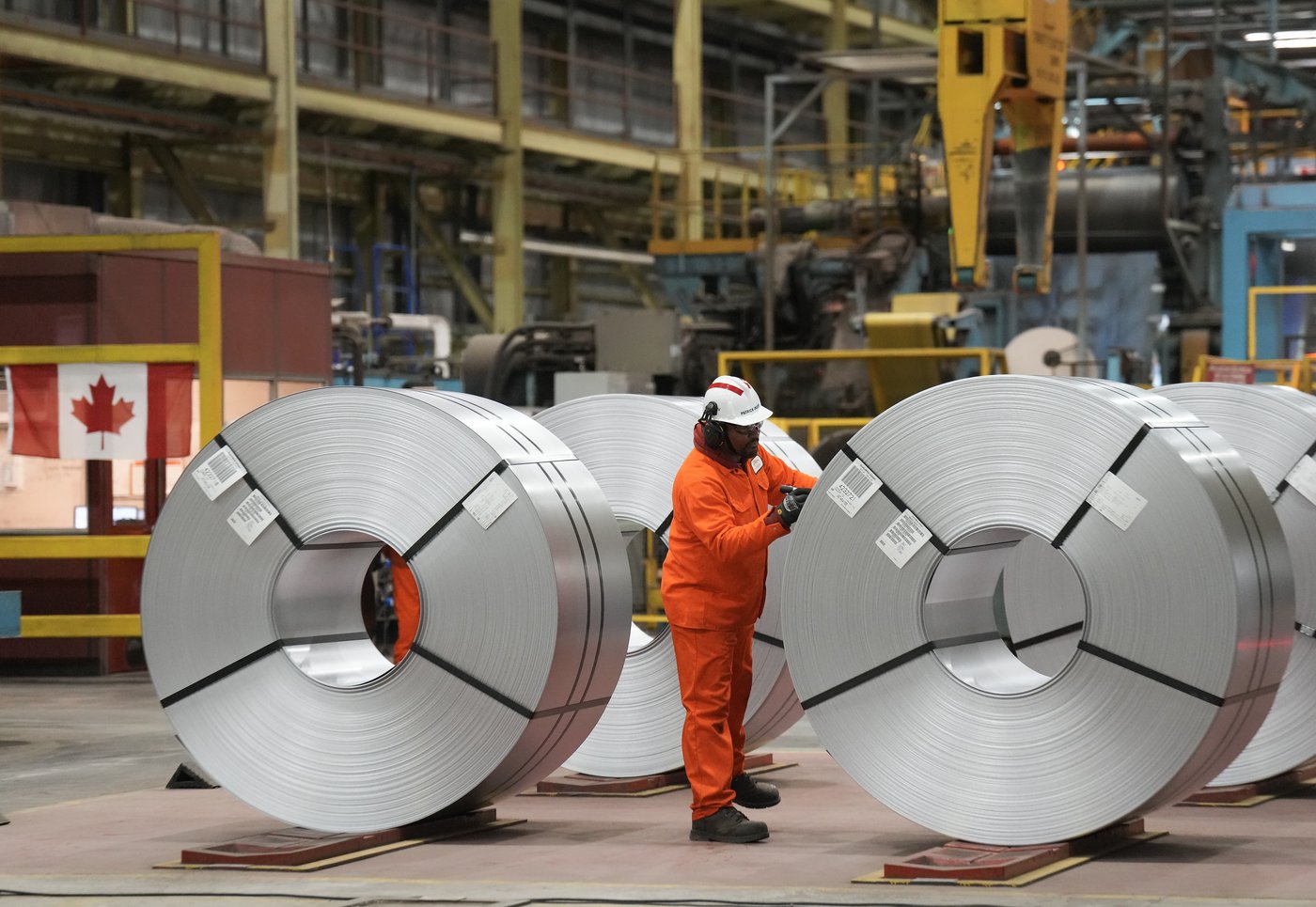Elevate your local knowledge
Sign up for the iNFOnews newsletter today!

OTTAWA — The head of Canada’s steel industry association says there was one disappointment in Prime Minister Mark Carney’s otherwise helpful package of measures to boost the domestic market in the face of U.S. tariffs.
Carney announced new measures Wednesday to help steel and lumber producers find fresh markets for their goods within Canada.
They include tighter quotas on foreign steel entering Canada and a promise to trim freight rates for materials crossing provincial borders by rail.
Canadian Steel Producers Association CEO Catherine Cobden said Thursday those measures are a step in the right direction for an industry in desperate need of relief from ongoing tariffs of 50 per cent levied by the United States earlier this year.
“Will these new measures offset the United States loss? Probably not entirely, but at least it’ll give us a much better future than what we’re staring at right now,” she said in an interview.
Cobden said she was disappointed to see Ottawa announce a second extension to Canada’s tariff remission program for some importers in critical industries, which waters down the effectiveness of Canada’s retaliatory duties on U.S. steel.
The program, announced in April, applies to steel used in the manufacturing, food and beverage and agricultural sectors.
First set to end in mid-October, the cutoff was already pushed back once to Dec. 15 and extended again on Wednesday to Jan. 31 of next year.
Carney said that Canadian firms need time to pivot their supply chains away from the United States, but he also acknowledged Wednesday that the remission program can’t last forever.
A senior government official briefing reporters before the prime minister’s announcement Wednesday said the Jan. 31 extension would be the final one.
“We will hold them to that,” Cobden said.
She said it’s “extremely important” for Canadian steel producers to get better access to the domestic market, which is still being served by the United States nearly a year into the tariff dispute.
In July, Ottawa introduced quotas on steel imports — tighter restrictions apply to countries that don’t have free-trade pacts with Canada — but Cobden said those measures were “not nearly sufficient” to encourage importers to instead use Canadian steel.
There’s a global oversupply of steel, Cobden said, which limits Canada’s ability to export its steel to new overseas markets — forcing domestic firms to look inward.
Cobden argued the sharper quota restrictions and new tariffs targeting steel derivative products will help protect the market at home.
Canada isn’t alone in putting a quota in place — the European Union is among those imposing limits on how much steel can enter the bloc tariff-free in response to overcapacity fears in the global market.
Carney positioned the measures as part of a bigger shift in steel supply chains — away from U.S. automaking and toward domestic infrastructure, homebuilding and defence projects.
He claimed the tighter steel quotas would open up more than a billion dollars in market opportunities for Canadian firms.
Cobden also said she’s glad to see a dedicated team at the Canada Border Services Agency tasked with cracking down on steel dumping — cheap products flooding the market to undercut domestic firms.
Canadian steel producers already make 80 per cent of the various types of steel products that Canada imported last year, Cobden said, and the remaining 20 per cent not produced domestically are not subject to the foreign steel quotas.
Ottawa also will start subsidizing freight rates for shipments of lumber and steel crossing provincial borders, something Cobden said could help boost the competitiveness of Canadian steel against the glut of global steel and continuing flow of U.S. products.
“The pivot really is just going from north-south to east-west,” she said.
This report by The Canadian Press was first published Nov. 27, 2025.
Want to share your thoughts, add context, or connect with others in your community?
You must be logged in to post a comment.